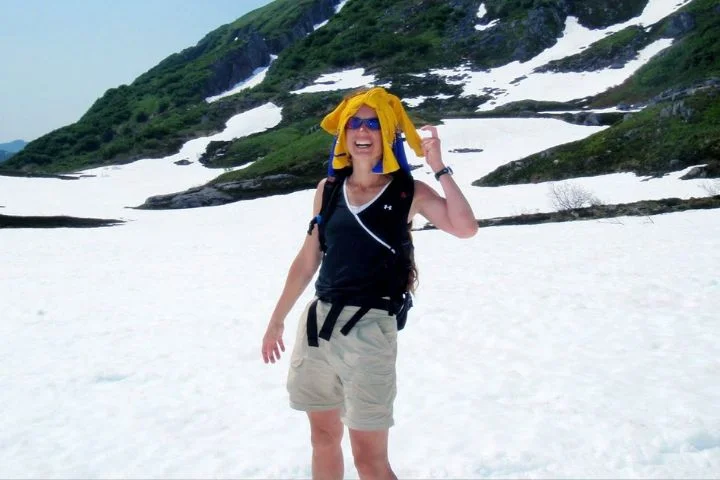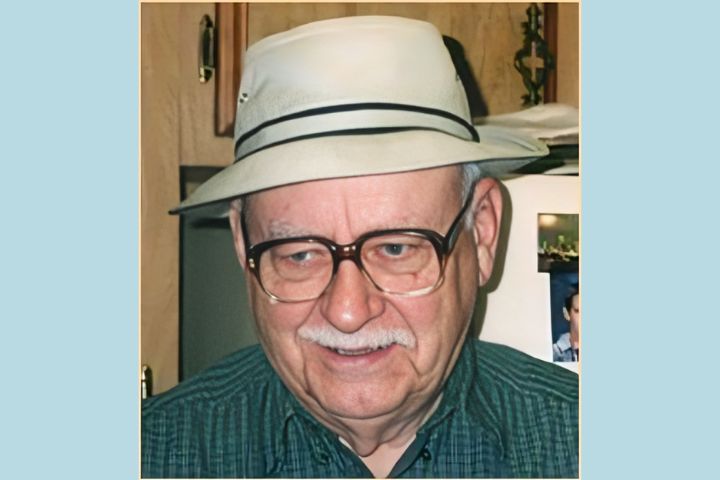Gilbert “Gil” Mark Gilman, 47, went for a short walk to the Olympic National Park in Washington on Saturday, June 24, 2006, and never returned.
He headed to the trailhead of the Staircase Rapid Loop Trail in the National Park that day to take the opportunity to take some photos in the park, rather than go for a serious hike. He was wearing light clothes and footwear and was not carrying a pack.
Gilman parked his car at Staircase Ranger Station, briefly spoke to Park Ranger Sanny Lustig, and that was the last time he was seen. An extensive ten-day search failed to turn up any sign of Gil. In 17 years, no evidence relating to his disappearance has appeared in the area.
Did Gil intend to disappear and work covertly for the U.S. government? Was he murdered by a serial killer, or did he just succumb to something in the Olympic National Park?
Who was Gilbert Gilman?
Gilman was 5’7 and weighed 155 – 165 pounds with graying brown hair and brown eyes. He was wearing a bright blue and green Hawaiian shirt, khaki pants or shorts, sandals and prescription sunglasses on the day of the visit to the Olympic National National.
He was a tough and super intelligent guy, being an ex-U.S. Army paratrooper. He had served military duty in Panama, East Africa and Israel and had combat experience with the 82nd Airborne and received two Bronze Stars.
Gil had degrees from the London School of Economics, Union College in New York and Solvay Business School in Brussels.
He formerly worked as a military interrogator in Iraq and took assignments in counter-terrorism and counter-intelligence. He also worked as a civilian contractor for a year in Iraq and was fluent in Arabic, Russian and Chinese.
Gilbert worked for the United Nations in New York before he came to Washington state to manage the 2004 congressional campaign for Sandy Matheson, director of the state’s Department of Retirement Systems. He worked under Matheson as deputy director of the retirement systems department from April 2005, advising her on national and local pension issues.
The hike on the Staircase Rapid Loops Trail
Gil was spotted by a Park Ranger, Sanny Lustig, carrying a camera but not a backpack on June 24, 2006. Sanny said, “I could actually hear the music playing in his car and went out to see what was going on and I had a brief conversation with him and asked him to turn down the music. I got the sense he was going for a hike.”
The Staircase area of Olympic National Park is located 30 minutes outside of the town, Hoodsport, in a lowland old-growth forest. It is the base to a seasonal ranger station, a campground, and the trailhead for the North Fork Skokomish River Trail, a beautiful spot for backpacking, or, for day hikers, the beginning of the Staircase Rapids Loop.
The Staircase Rapid Loops Trail is a 2.1-mile, relatively flat loop taking walkers under the canopy of 300-400-year-old Douglas firs, western hemlocks and western red cedars.
The trail follows the North Fork Skokomish River and meanders through the woods, passing by mossy trees and ferns. A spur trail leads to a large fallen cedar. A suspension bridge, built in 2013, crosses the river, giving a viewpoint of the rapids. In 1998, the original bridge was taken out by high water and the new bridge was built much higher to accommodate the spring run-off in the area. Hikers can continue on a longer hike of around 15 miles round-trip on the North Fork Skokomish River Trail to Flapjack Lakes.
Reported missing, and the search for Gil
Gil was supposed to accompany Sandy Matheson to a meeting in Spokane, Washington, on Sunday, June 25, 2006, the day after he set out for his trip to the park. When he failed to meet Sandy as planned initially, Gilman was reported missing to the authorities.
A few days after he was reported missing, his 2005 Ford Thunderbird Convertible vehicle was located at the Staircase Ranger Station, where Park Ranger Sanny Lustig last saw him on June 24, 2006.
Searchers spent ten days looking for any clue of Gilbert in the Staircase area and examined nearby trails and ridges in the area, which includes steep, rocky hills, dense forest, and the North Fork Skokomish River, and found no trace of him. They used tracking dogs, a helicopter and a plane equipped with heat-seeking FLIR equipment, and 62 searchers on the ground.
After ten days of fruitless searching, the U.S. Forest Service declared him lost, and the official search was called off.
“It’s hard to imagine a person can just disappear,” said his mother, Doris Gilman. “Nothing was ever found”.
Aftermath
Gil was declared legally de*ad on August 27, 2015. To be presumed de*ad in Washington state law, an individual must be missing and not heard from for at least seven years with an absence that “is not satisfactorily explained after diligent search or inquiry.”
In June 2015, Doris Gilman filed a petition with Thurston County Superior Court to become the official estate trustee with the authority to close the estate.
What happened to Gilbert Gilman on the Staircase Loop Trail?
Lost on the trail
Since the Staircase Loop Trail is short and well-marked, getting lost on it is unusual unless he got turned around and continued on the North Fork Skokomish River Trail. The entire area was well-searched.






